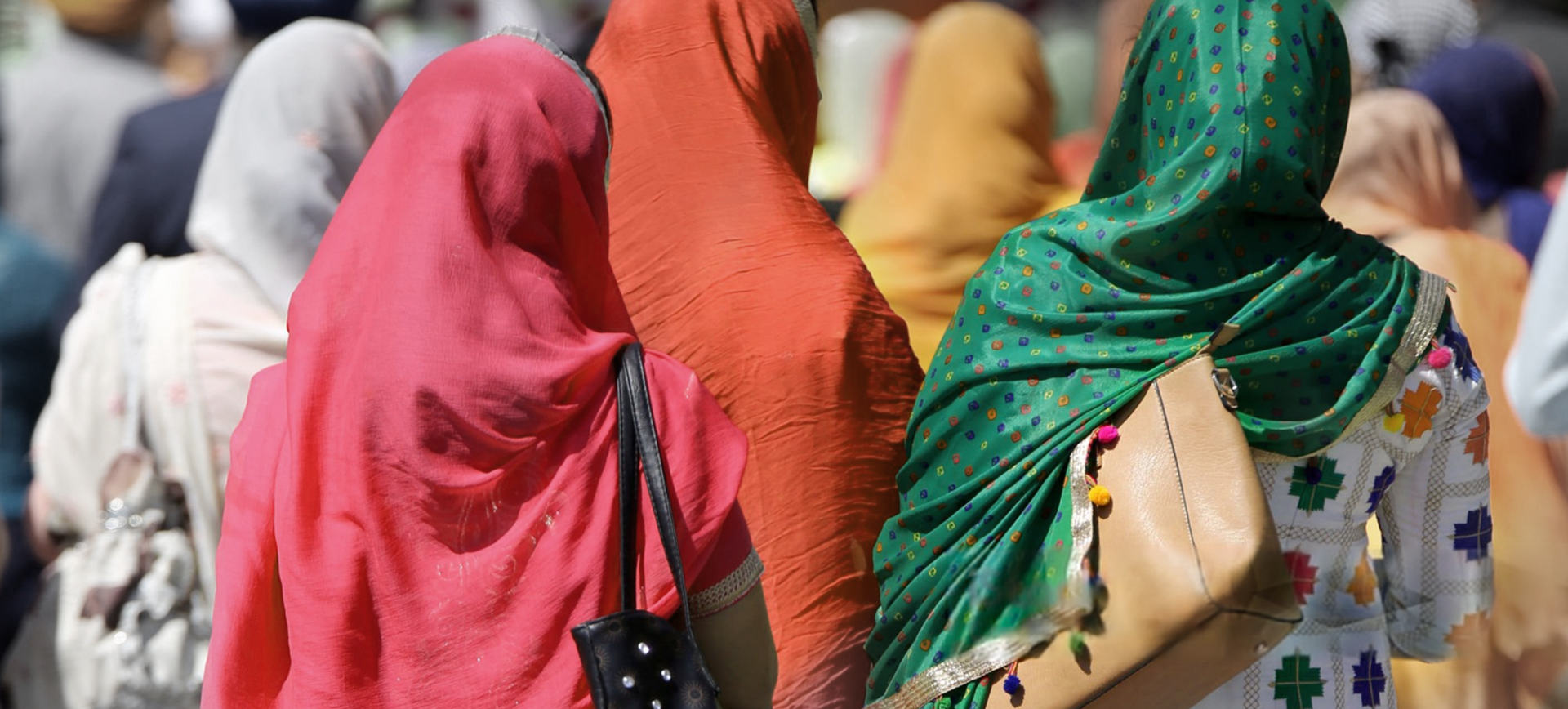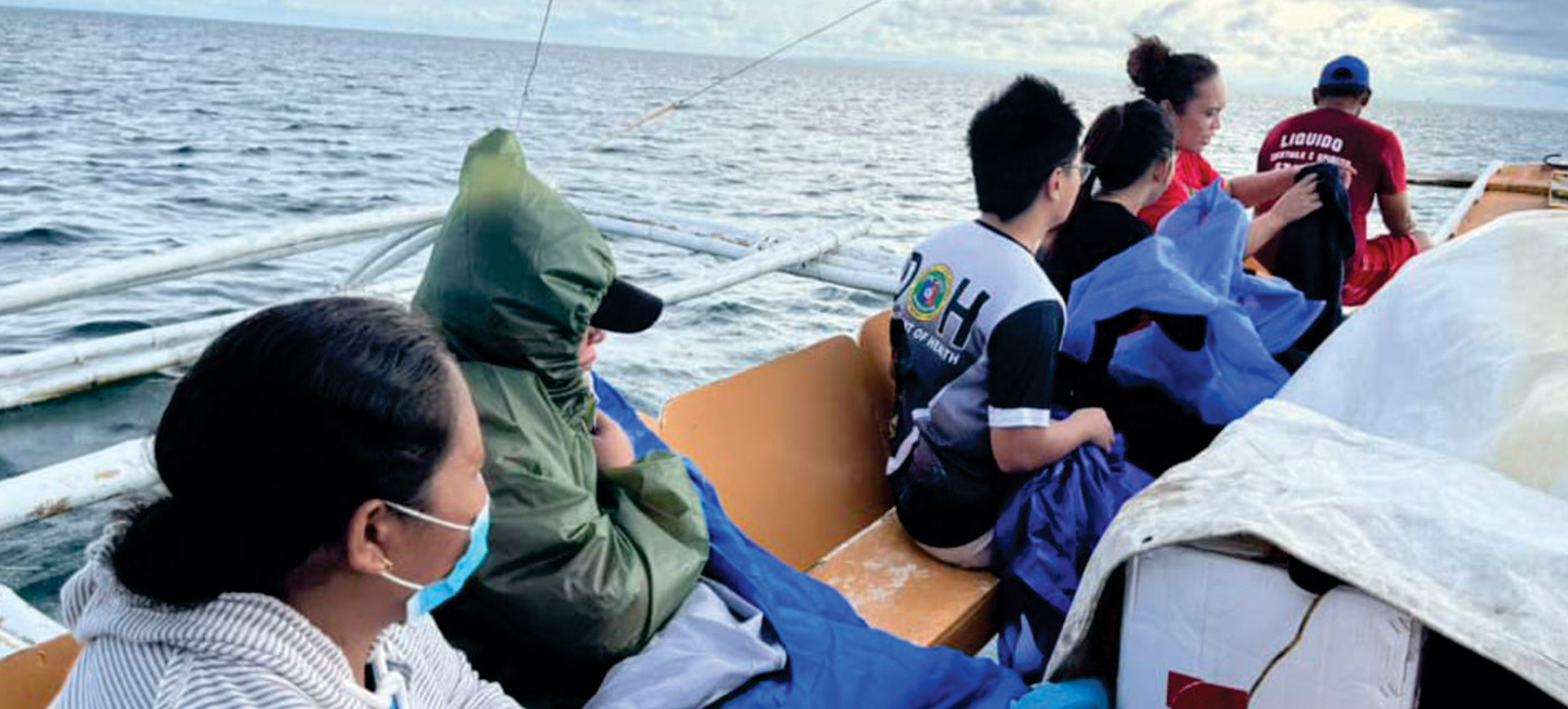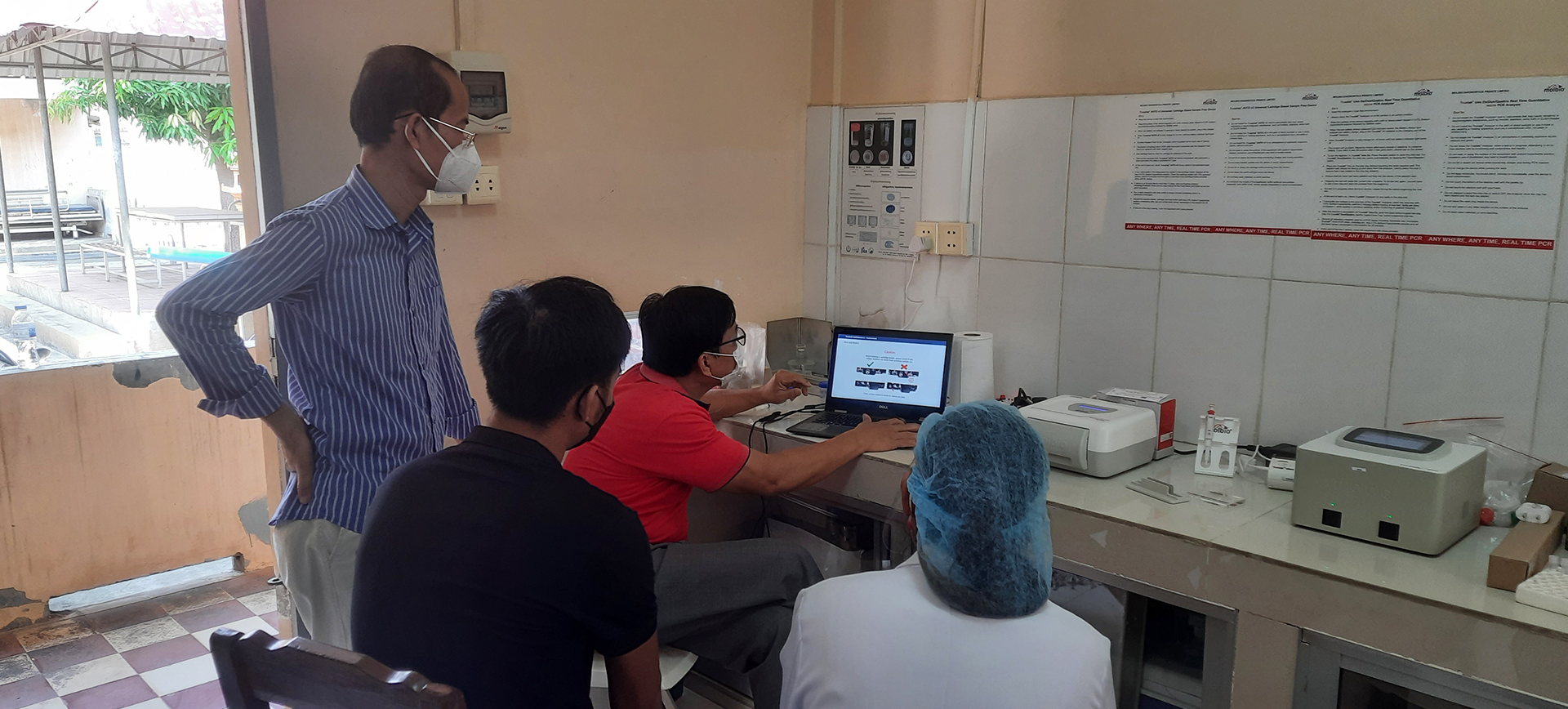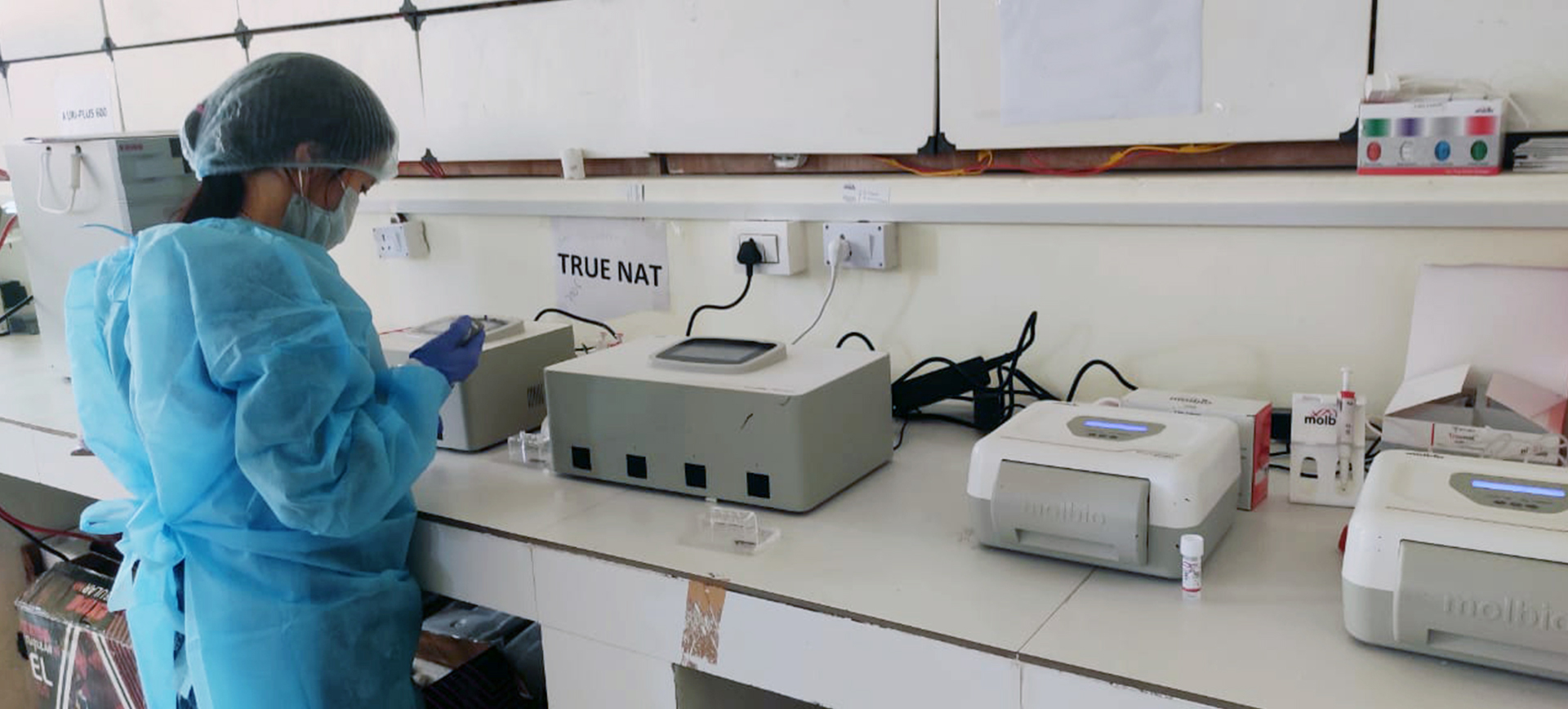Harpreet Kaur didn’t know what to expect when she arrived at her local community health center in Punjab. At 45, she had never had a breast cancer screening. The nearest mammography center was hours away, and she had heard stories about discomfort and exposure. But this time was different.
“They explained everything clearly,” Harpreet recalls. “No radiation, no pain, and no loss of dignity. I got my results in 15 minutes—a miracle.”
Harpreet is one of over 15,000 women in Punjab who have benefited from this healthcare revolution. In a state where only 3 in every 1,000 women have ever had a breast cancer screening, something extraordinary is happening. Across 183 locations, from busy district hospitals to quiet rural health centers, women are getting life-saving screenings thanks to a technology called Thermalytix.Dr. Amrita Singh, who leads screening efforts at a clinic in Ludhiana, has seen the shift firsthand. “Before this program, it was nearly impossible to convince women to get screened. The barriers were huge—travel distance, cost, cultural concerns, privacy concerns and fear of radiation. Now, we can address all these concerns at once.”
The technology behind it is simple but groundbreaking: a portable device that uses thermal imaging and artificial intelligence to detect possible breast cancer. No radiation, no physical contact—just results in 12 to 15 minutes.
In just 18 months, the impact has been remarkable. Women from all 23 districts of Punjab, many of whom never had access to screening before, have now been tested. The results speak for themselves—27 cases of breast cancer detected, at a rate three times higher than conventional methods. When a biopsy was needed, 81% of suspected cases were confirmed as cancer.
More importantly, women diagnosed with cancer started treatment without delay. “On average, it took just 30 days from screening to treatment,” says nurse Priya Sharma. “In cancer detection, every day matters.”
Behind these successes is an army of 23,000 trained community health workers. Women like Manpreet Kaur go door-to-door, spreading awareness and answering questions. “I tell women there’s no radiation, no touching, and they’ll get results before they leave. I see the relief on their faces,” she says.
For Gurpreet Kaur, a 52-year-old teacher, this program was life-saving. Early-stage breast cancer was detected in time for treatment. “If this program hadn’t come to my community, I might not have known until it was too late,” she says. “Now, I tell every woman I know—don’t wait, get screened.”
The program’s success goes beyond individual stories. It is creating a new healthcare model in resource-poor regions. Every screening center becomes a place of hope. Every trained health worker is a messenger of prevention. Every woman screened is a potential life saved.
Across Punjab, the same scene repeats daily: women arrive, nervous or curious, and leave either reassured or with a clear treatment plan. There are no long trips to distant hospitals, no uncomfortable procedures, no endless waiting for results, and no cultural barriers. Dr. Manjit Singh, who oversees several screening centers, explains, “We’re not just detecting cancer earlier—we’re showing women that their health matters. Innovation can respect tradition, and quality healthcare can reach them where they are.”
For thousands of women in Punjab, this program is more than a medical breakthrough. It is proof that technology can break barriers, build bridges, and save lives—one screening at a time.





